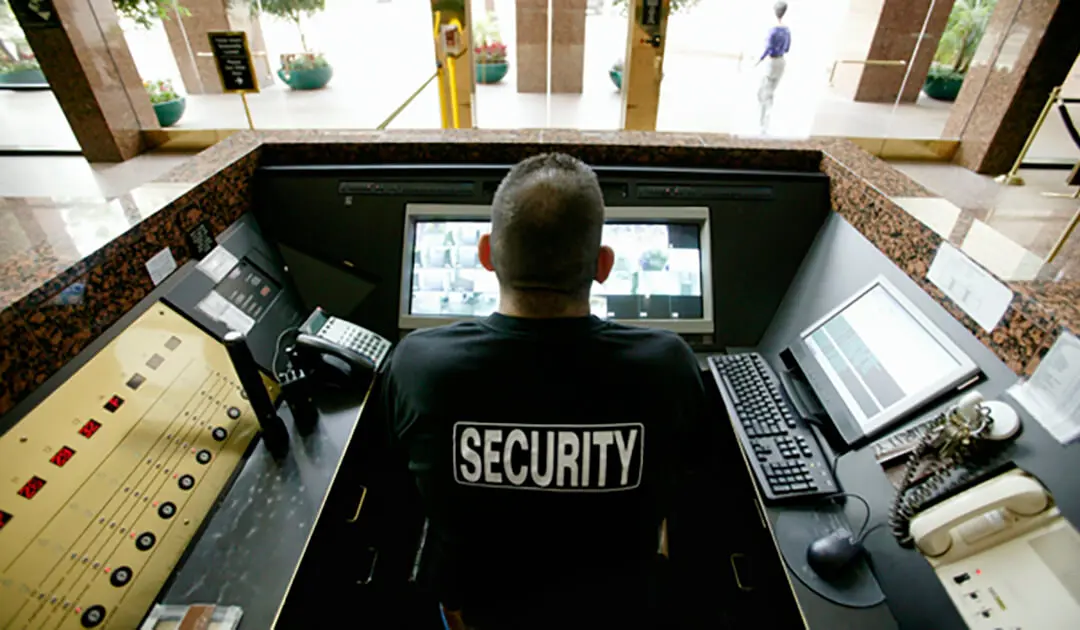To Continuum or Not to Continuum . . . That Is the Question

I recently read an article in Security Management magazine that referenced the use of force and how many public law enforcement agencies and private sector security firms determine the amount used through a version of a force continuum.
The article pointed out that what has caused issues and liability in the past with the use of a force continuum is that there is not a single force continuum, but rather several versions that have been altered to coincide better with the agency’s philosophy. According to the article, many public sector law enforcement agencies are discontinuing the force continuum or removing the model from their training programs, and encouraging private sector security to do so as well.
Having frequently presented information on CPI’s Workplace Violence Continuum, I was disturbed by the suggestion that in force continuums, the officer or guard should be escalated one point higher than the person he is interacting with.
I’ve been approached by many public sector police department leaders who are looking for information and training on how to keep the public within the first two levels of the force continuum (level one—officer present; level two—verbalization). They specifically want information to assist with the “verbalization” level, where the officers give commands to individuals.
The Prepare Training® program is derived from CPI’s Crisis Development ModelSM, which identifies and defines behaviors of individuals in a state of personal chaos, provides a structure of appropriate responses to de-escalate the individual with the goal of preventing further escalating behaviors, and focuses on respecting the individuals who are involved in the situation. Because of this, it has a wide appeal within the “verbalization” level.
Leadership with whom I have had contact are looking for tools to aid officers in understanding that how they present themselves to the public can either escalate or de-escalate the situation. I’ve been told that with younger officers just out of the academy, there is a “you don’t disrespect me” attitude, versus an attitude of “how can I most quickly and calmly get this person to comply,” the latter being an attitude that many experienced officers learn through trial and error to adopt.
Having a structure and a common language to address the verbal components is desirable, especially since so many individuals aren’t taught in their primary learning years how to handle conflict or how to rationally detach. These leaders believe that if they can provide tools to their police forces that enable them to recognize, identify, and respond to individuals in escalated states, they can minimize the amount of liability (derived from unnecessary higher use of force), keep their officers safer as the physical confrontations decline, and improve public relations.
Let us consider private sector security for a moment. Many individuals in security are responsible for corporate offices, government offices, shopping centers, warehouses, transit companies, or libraries, where they provide deterrence through their presence and are easily recognizable sources of assistance. Others may be security officers in universities, banks, or hospitals, where they have a responsibility that extends beyond company assets, personnel, and products, but there is a perceived responsibility to care and respond to emergent situations.
Having been a security executive for a big-box retail chain, I understand firsthand the difficulty some individuals may have in balancing the desire (and certainly the adrenaline rush) to “catch the bad guy” and to control a crowd in the hundreds on Black Friday with the responsibility they have to their companies’ policies and procedures, the stockholders’ and public’s perceptions (no one wants to be the security person seen on the six o’clock news who displayed poor judgment), the other customers’ safety during escalated situations (and if Black Friday doesn’t escalate individuals to the point of a feeding frenzy in a piranha pool, I don’t know what does), and to themselves. For individuals in private security roles, who are not typically sworn law enforcement personnel, does the practice of a force continuum make sense? Or would it make sense to give them the ability to recognize the potential for violence early and to appropriately respond in a manner that keeps them, the individual, and innocent bystanders safe?
I’m not criticizing the force continuum for sworn law enforcement that have a responsibility for public safety, but wouldn’t it make sense to give them more tools to use in the early levels of their continuum? For private sector security, does it makes sense to require individuals (who sometimes make barely more than minimum wage) to determine when they should put hands on someone, and then HOW they should put hands on someone? While the use of a continuum is valuable as a means of providing a visual interpretation of behavior, in the case of the force continuum, where there are multiple versions available, it may be time to standardize the continuum federally or discontinue its use altogether (in the private sector anyway).
Schedule a Consultation
Learn how CPI’s training programs can benefit your organization.
Let's Connect